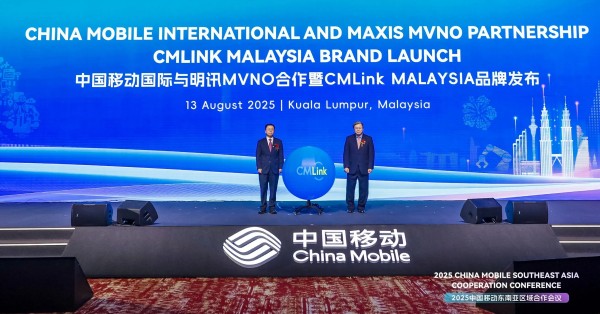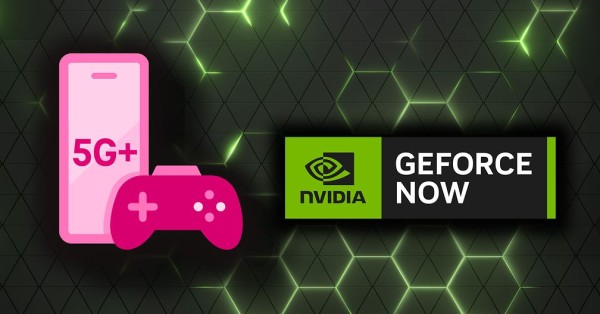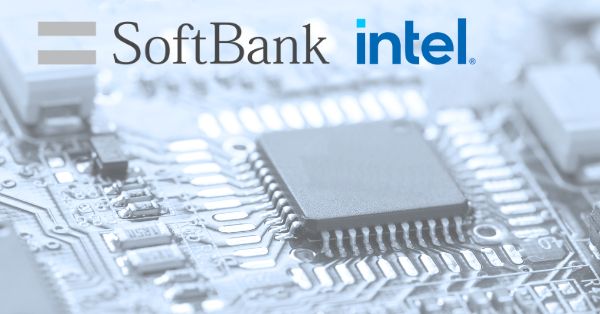Tesla Embarks on 5G Journey: Enhancing Connectivity for EVs and Optimus
Tesla, a pioneer in electric vehicles and innovative technologies, is taking a significant leap into the future of connectivity, focusing on integrating 5G capabilities into its EV lineup and humanoid robot, Optimus. This move is underpinned by a recent job posting for a Cellular Systems Integration Engineer, revealing Tesla’s ambition to develop a private 5G network infrastructure. This strategic initiative hints at Tesla’s broader vision for its next-generation vehicles and technologies, aiming to enhance the connectivity experience across its products.
Tesla’s Leap to Private 5G Networks: Redefining Connectivity
The job description for the Cellular Systems Integration Engineer at Tesla outlines the company’s commitment to delivering a best-in-class connectivity experience for all Tesla Vehicles (Model S, 3, X, Y, Cybertruck, etc.) and Optimus within Tesla premises. The role is crucial in understanding internal customer requirements, executing test procedures, and ensuring seamless and reliable integration into Tesla’s private 5G network infrastructure. Pat Ruelke, Tesla’s lead staff engineer, emphasized the importance of building a seamless private 5G service to push low latencies and data rates to the limit.
This initiative enhances current products and lays the groundwork for the capabilities of Tesla’s next-generation vehicles and technologies. It reflects Tesla’s commitment to innovation, efficiency, and the continuous development of new strategies and products.
Crafting Tesla’s Private 5G Network: The Engineering Challenge
The Cellular Systems Integration Engineer is tasked with a variety of responsibilities aimed at fulfilling Tesla’s connectivity ambitions:
- Understanding Connectivity Requirements: Analyzing the current and future connectivity needs of Tesla vehicles and Optimus for on-premise use cases, including manufacturing shop floors, outdoor areas, and R&D labs.
- Designing Test Plans and Procedures: Crafting end-to-end test plans, procedures, and scripts for Tesla’s private 5G protocol stack to ensure ultra-reliability and high data rates.
- Collaboration and Integration: Working with external solution vendors to integrate seamless eSIM capabilities and collaborating with the network operations team to maintain superb quality of service.
Embracing Private 5G Networks: Tesla’s Strategic Connectivity Plan
Tesla’s pursuit of a private 5G network reflects a broader industry inclination toward leveraging the capabilities of private 5G networks. The private networks offer reliability, security and high data transfer rates, which are crucial for the growing ecosystem of connected devices, including autonomous vehicles and robotics. Tesla’s venture into 5G is in strategic alignment with its mission to expedite the global shift towards sustainable energy, utilizing technology to elevate its products’ efficiency, safety, and overall user experience.
The decision to develop a private 5G infrastructure for its electric vehicles and humanoid robot, Optimus, transcends a mere enhancement in connectivity. It represents a step forward in integration and communication among devices and their surrounding infrastructure. As Tesla ventures further into the domains of autonomous driving and robotics, the necessity for dependable, high-speed communication becomes more apparent. This exploration into the broader consequences of Tesla’s 5G initiatives highlights the potential this technological shift holds for redefining the landscapes of mobility and automation.
The Future of Tesla’s Private 5G Networks: Impacts and Prospects
The integration of 5G technology into Tesla’s vehicles and the Optimus robot represents a significant step forward in automotive and robotics technology. It promises to enhance the functionality and efficiency of Tesla’s products and positions. As companies worldwide continue to explore the potential of private 5G networks, Tesla’s proactive approach demonstrates its commitment to innovation and its vision for the future of connectivity. Furthermore, Tesla’s advancements in 5G technology could have far-reaching implications beyond its own products. By setting a precedent for the integration of 5G in the automotive and robotics industries, Tesla could influence broader industry standards and practices.
Autonomous Driving Enhanced by Private 5G Networks
The integration of 5G technology into Tesla’s vehicles is poised to significantly enhance the capabilities and performance of its Full Self-Driving (FSD) software. With 5G‘s low latency and high data rate, vehicles can receive and transmit vast amounts of data in real-time, enabling more accurate and instantaneous decision-making processes critical for safe autonomous driving. This could help improve traffic management, vehicle-to-vehicle (V2V), and vehicle-to-everything (V2X) communications, facilitating a smoother and safer driving experience.
Furthermore, Tesla’s rollout of free one-month trials for its FSD software and the requirement for Tesla employees to introduce new owners to the FSD V12 during vehicle pickup indicates Tesla’s confidence in its evolving autonomous technology. The incorporation of 5G is expected to accelerate these advancements, potentially increasing the adoption rate of FSD technology among Tesla owners.
Optimus and Private 5G Networks: A New Era in Robotics
Tesla’s humanoid robot, Optimus, represents another frontier where 5G connectivity could transform. By integrating 5G, Tesla aims to enhance Optimus’s operational efficiency and versatility, enabling it to perform complex tasks with greater precision and responsiveness. This is particularly relevant in scenarios such as warehouse operations, where real-time data exchange and coordination are critical for optimizing workflows and productivity.
The job postings related to field testing Optimus and creating user guides suggest that Tesla is nearing a stage where Optimus could be deployed in real-world environments. The integration of 5G into these robots could facilitate remote operation and monitoring, expanding their potential applications across various industries, from manufacturing to healthcare.
Beyond Tesla: The Industry-wide Impact of Private 5G Networks
Tesla’s foray into private 5G networking is set against a backdrop of growing interest in private 5G networks across multiple sectors. Companies like Verizon, Ericsson, and Amazon have explored the potential of private 5G, recognizing its ability to offer tailored, reliable connectivity solutions. Tesla’s initiative underscores the automotive and robotics sectors’ demand for advanced connectivity solutions and highlights the potential for 5G technology to catalyze innovation across a wide range of applications.
Tesla’s project aligns with global efforts to harness 5G for industrial applications, from enhancing manufacturing efficiency to enabling new remote work and education forms. By demonstrating the feasibility and benefits of private 5G networks, Tesla could encourage more widespread adoption and innovation in 5G technologies, contributing to the development of smart cities and the Internet of Things (IoT).
Steering Into the Future with Tesla’s Private 5G Networks
Tesla’s ambitious project to build a private 5G network for its EVs and humanoid robot Optimus is a strategic move towards realizing a vision of interconnected and intelligent mobility and automation solutions. By pushing the limits of what’s possible with 5G, Tesla is enhancing its products’ capabilities and contributing to the broader evolution of connectivity and technology. As Tesla continues to innovate at the intersection of automotive engineering and telecommunications, it paves the way for a future where seamless, high-speed connectivity underpins the next generation of technological advancements.






























